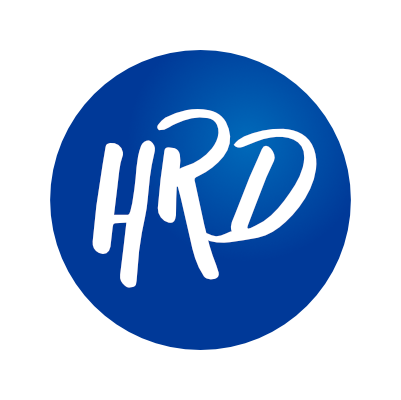Why do educational materials need to be proofread?
Why do educational materials need to be proofread? The first word that springs to mind is accuracy. Students will read countless textbooks, worksheets, online learning resources and presentation slides during their time at school, college or university. If there are errors in the content, the information provided could lead to confusion, and a key part of teaching is avoiding misunderstandings and misconceptions. This is where a proofreader can really help, by giving final checks on resources and identifying any mistakes.
We want students to have full comprehension – to completely understand what they are reading. Clarity in the information presented is vital to the learning journey, and a proofreader can suggest ways to avoid unclear phrasing or overly complex language. They will also look for inconsistencies and whether there is a logical flow to the writing.
As a freelance proofreader specialising in educational materials, I have seen how attention to detail enhances learning resources. The role of the proofreader covers a wide range of skills, requiring an eye for small details that can make a significant difference. For example, a proofreader will spot errors such as the Battle of Hastings being fought in 1660 or Henry VII’s wife being called Anne Boleyn. Issues like incorrect formatting, spelling errors, inconsistencies and grammatical errors may seem minor, but they can be very distracting for the learner and lead to confusion – the last thing an educator wants.
When working on a project, proofreaders refer to the client’s preferred style guide or sheet to make sure there is consistency with language choices, spelling preferences and formatting. This way, an educational publisher, business or author can be reassured that their learning materials are presented uniformly for the intended audience. For example, U.S. spelling conventions applied to a resource that will be used in American schools.
When proofreading educational materials, it is also important to remember that education is about fostering inclusivity and understanding. Content should respect diverse perspectives and avoid stereotypes, including gender-based assumptions. Attention should also be given to the accessibility of texts. A proofreader will check that alt text, captions and formatting are presented in an inclusive way.
Understanding the audience – the student – is essential. As an experienced educator, I have a detailed knowledge of age-appropriate learning resources. I pay close attention to whether spelling, sentence constructions and explanations are suitable for different age groups.
There is real value in educators, publishers and authors investing in effective proofreading of their learning materials. It can be difficult to proofread your own writing, and a fresh pair of eyes can make all the difference. A proofreader will help produce accurate, accessible and professional resources that fully support learners.
